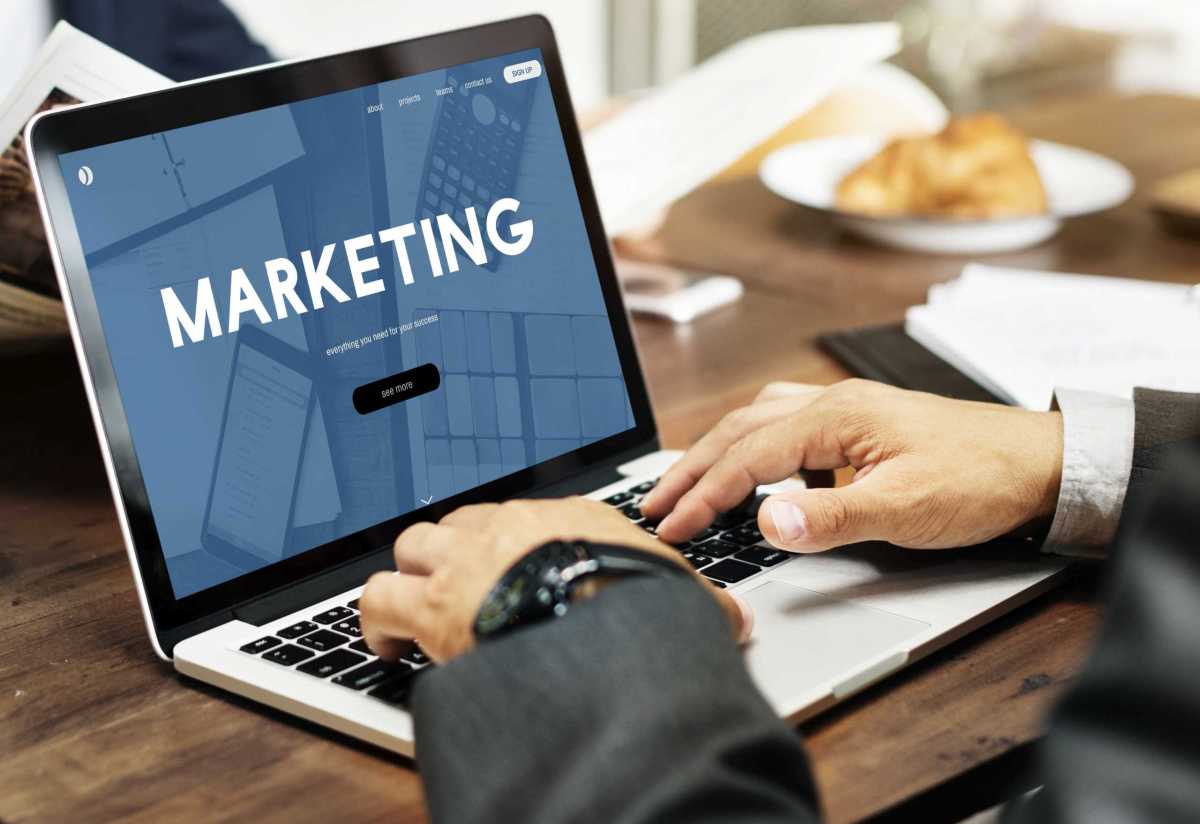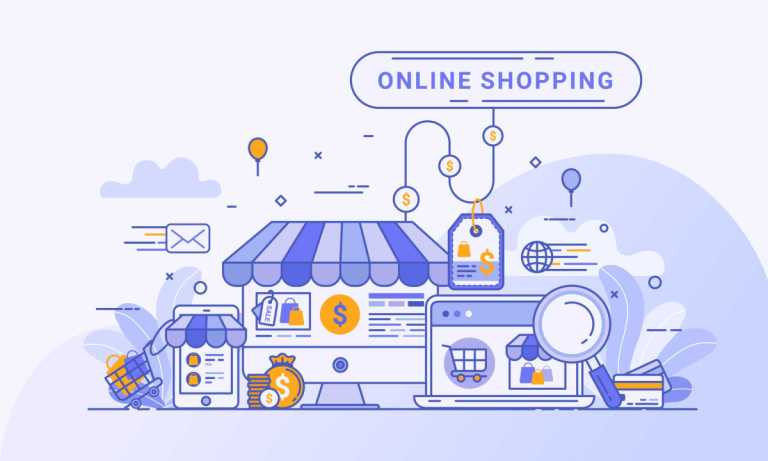Marketing is an absolutely essential element to business and not knowing where to start or the basics can cost you everything. So we have a guide for a business owner like yourself on how to market your business effectively. Stick around so you’re caught up on the tried and true ways to marketing.
Understand your customers and the market
The key to successful marketing is to know your customers and the market you’re in (like a chocolate business). So before any marketing strategy, there are questions that need answering::
Who are your target customers?
Have in mind the types of people you’d like to attract. Have a think about their demographics: age, marital status, income bracket, budget, etc. Honing down who you’re trying to get as customers and to who your brand speaks mostly is the efficient first step to then knowing what your marketing will look like.
Where are they?
Geography should figure highly in your business plan – local (in town, city, or country) or international. Knowing this helps you prepare for the logistical side of your business and how relatable your business can be to the target audience. But being online, especially on social media will most definitely award you with at least some customers abroad.
What do you want them to do?
Be sure about your aim. When you’re marketing your business to the world, what is it that you want people to do with regard to your business? You could just aim to get some publicity, get people to be curious and look you up online, or draw people to be a customer as quickly as you can.
Focus on your USP

USP stands for unique selling proposition. USP is a technical acronym to describe the benefit and thus the selling point of your product. Entrepreneurs and the products on the market are problem solvers.
A product by your brand benefits greatly if you can express to customers why they need your product(s) or at least why they should care. So really highlight how much of a necessity your product(s) is to people.
Focus on the customer journey
This refers to the multiple paths a person takes in their interactions with you (the brand as a whole or a specific product) until they become an actual purchasing customer. This includes browsing through your catalogs and interactions online through email, social media or direct phone contact.
Go where they are
Many will tell you that if you’re ever hoping to get a big enough audience to market to, social media is where it’s at. And quite appropriate too, as a majority of young buyers are on social media along with a good chunk of the older ones. Twitter, Instagram, Facebook, etc. Wherever your potential customers are, you need to be there.
Market through channel strategies
There’s omnichannel marketing and then there’s multichannel marketing. Omnichannel marketing is all about giving your customers a uniform shopping experience with you. Making your brand predictable – in a good way. Multichannel is about catering to your customers depending on the channel through which they’re most likely to buy. But a single recognizable identity as a brand is still highly recommended.
Focus on lead generation

We mentioned a bit about lead generation earlier actually when we mentioned knowing who your customers are. In short, lead generation is all about the process of piquing people’s interest in your brand and business which will then gradually turn them into purchasing customers. A lead refers to the contact and demographic info of a customer who is interested in your product(s).
Everything about generating leads can help you be better at marketing:
Identify target customers
Think about your ideal customer and their characteristics. Get the info through things like contact forms, special offer sign-ups or newsletters. Create customer personas and nurture a relationship with them to nudge them to buy your offers.
Create engaging content
Customers are looking for more meaningful dialogue with organizations from the first touch, all the way through the buying process. The content you create on social media is also marketing. And your content should encourage online users to engage with your business and others that are already customers.
Increase traffic
Customers want a balance between modern tech convenience and relationship-driven engagements that shows you understand their needs. Building an integrated, fluid, and engaging experience across all channels and at multiple touchpoints throughout the relationship will help increase traffic to your website and shop.
Convert
Guide customers through their customer journey to reveal useful content for them. Let visitors to your website fill out forms to access white papers, eBooks, etc. Carefully design landing pages that gently push visitors to become buyers.
Don’t neglect your existing customers
As much as you know that more people means more customers and therefore more profits, don’t ever neglect the customers already buying from you. Continue to entice them with special offers and promotions and gifts even. This helps, even more, to make them loyal customers who will act as natural marketers for you – recommending your business to others as first-hand testimonies.
Know your goals
You can’t do something without knowing what you want from it. Be sure of what your marketing needs to achieve for your business. Your business marketing is for the benefit of your brand in the long term for the most part, so that you grow more in the future. So knowing your objectives for marketing is really crucial.




Leave a Comment